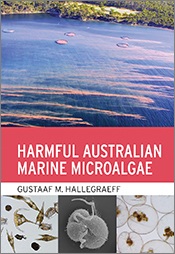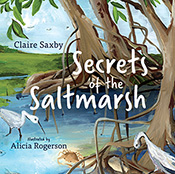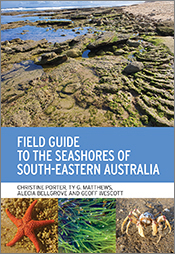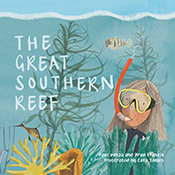A Guide to Southern Temperate Seagrasses
By: Michelle Waycott, Kathryn McMahon, Paul Lavery
Introduces the exceptionally diverse temperate seagrasses of the southern hemisphere.
A Guide to Southern Temperate Seagrasses describes the exceptionally diverse seagrasses in the temperate parts of the southern hemisphere. This book introduces readers to the evolution, biology and ecology of the southern temperate seagrasses and presents a visual key to allow species identification using easily recognisable features. Detailed information is presented summarising the distinctive features of each species or 'complex', with brief notes about their taxonomy, reproduction and ecology. + Full description
With information provided in a highly concise format, this book allows readers to rapidly identify a particular seagrass, as well as other species that it may easily be confused with, confirm that the species occurs in a certain area, and access general information on the biology and ecology of the species. It is a valuable resource for students, researchers, environmental consultants and both government and non-government agencies.
- Short descriptionNews
This title is no longer available in print format, but can still be purchased as an eBook.
Reviews
"Beautiful, simple, practical. this book is an essential
addition to anyone working on anything to do with temperate
seagrasses, and will be a welcome addition to the eld kits
of students studying aquatic biology. This is one of the best
identification books for any set of species I’ve seen and it’s a
credit to the authors."
Dr Jacqui Pocklington, Australian Marine Sciences Association, pp.37-38
"This guide will be an excellent companion to everybody exploring the shores of the temperate Southern Hemisphere and in addition will be very valuable to all persons with interest in marine plants."
Jorg Ott, Marine Ecology, 2014
"For all species groups, excellent illustrations demonstrate the diversity of plant forms. Even the least studied and less ornate groups are captured in glorious underwater imagery."
Margot Hessing-Lewis, Marine Biology Research, 2014
Details
ePDF | February 2014ISBN: 9781486300167
Publisher: CSIRO Publishing
Available from eRetailers
ePUB | February 2014
ISBN: 9781486300174
Publisher: CSIRO Publishing
Available from eRetailers
Features
- Synthesises complex information into a visually appealing and easy to use guide
- Allows readers to rapidly identify a seagrass and alert them to other species that it may easily be confused with
- Information is concise, with one page per species and a set of standardised icons.
Contents
ForewordPreface
What is a seagrass?
Taxonomy
Habitats
Ecology
Fauna
Human interactions
Reproduction
Evolution
Bioregions
Currents
A unique flora
Using this guide
Southern temperate seagrasses key
Species list
Family Cymodoceaceae
Amphibolis antarctica
Amphibolis griffithii
Cymodocea angustata
Cymodocea serrulata
Halodule uninervis
Syringodium isoetifolium
Thalassodendron ciliatum
Thalassodendron pachyrhizum
Family Posidoniaceae
Posidonia angustifolia
Posidonia australis
Posidonia ostenfeldii 'complex'
Posidonia sinuosa
Family Ruppiaceae
Ruppia
Ruppia species
Family Hydrocharitaceae
Halophila australis
Halophila decipiens
Halophila ovalis 'complex'
Halophila spinulosa
Family Zosteraceae
Zostera capensis
Zostera muelleri
Zostera tasmanica 'complex'
Family Potamogetonaceae
Lepilaena
Bibliography
Pictorial glossary
Glossary
Contributors
Authors
Michelle Waycott is Professor of Plant Systematics at The University of Adelaide and Chief Botanist for the State Herbarium of South Australia. She has worked around the world to study the evolutionary ecology of seagrasses has published extensively on diverse seagrass related topics.
Kathryn McMahon is a Research Fellow at Edith Cowan University. She has worked in government and universities for the last 18 years, focusing on the ecosystem health, ecology and biology of seagrasses and has numerous publications in this area.
Paul Lavery is Director of the Centre for Marine Ecosystems Research at Edith Cowan University. He has published extensively on marine ecology, with a focus on seagrasses and other marine macrophytes, and has applied much of his research in seagrass monitoring programmes.








